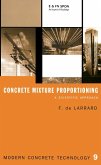
eBook, ePUB
4. März 1999
Taylor & Francis eBooks
| Broschiertes Buch | 95,99 € | |
| eBook, PDF | 64,95 € |
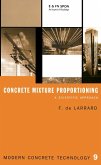
Ähnliche Artikel
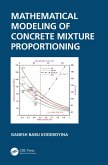
eBook, ePUB
20. Februar 2020
Taylor & Francis eBooks
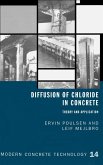
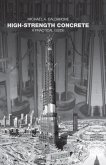
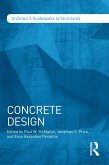
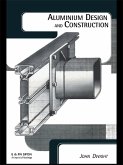
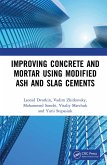
eBook, ePUB
18. April 2020
Taylor & Francis eBooks
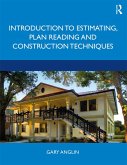
eBook, ePUB
5. November 2019
Taylor & Francis eBooks

eBook, ePUB
1. September 1999
Taylor & Francis eBooks
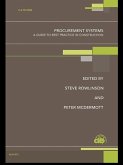
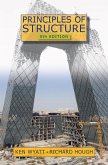
Ähnlichkeitssuche: Fact®Finder von OMIKRON
